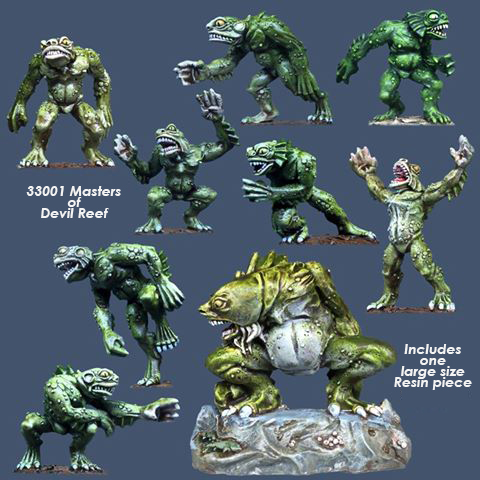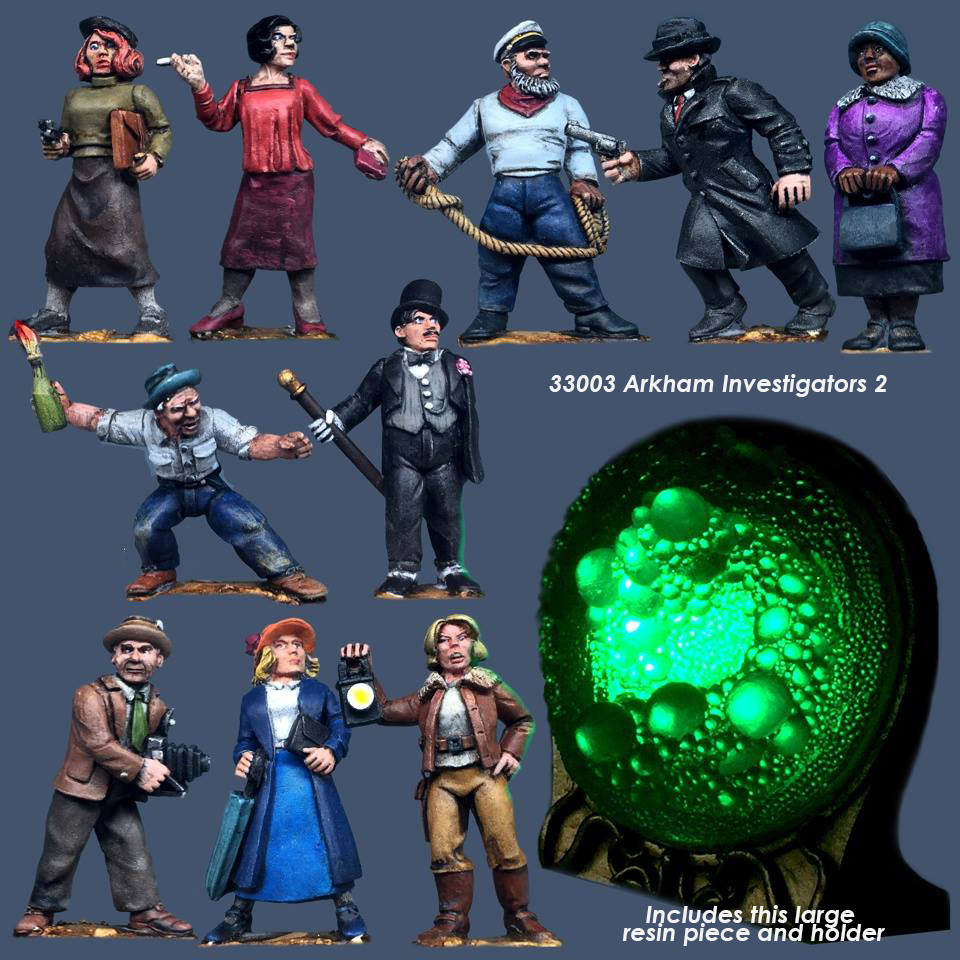Beat the Boss puts you in the role of the organizer in a struggle for social and economic justice. The bulk of the action takes place in the most normal of places: living rooms and dining rooms. Organizers talk to workers about hope and the future. If you use this game for training, you'll use your own rap for the conversation and other players will fill in for the workers. - Beat the Boss, p. 7.
Beat the Boss is my latest backed Kickstarter. Written by Doug Geisler, an American union organizer, BtB is a game about activists organizing a union in their workplace or organizing within their community. The opposition, as the title implies, is the Boss - the face of the employer of workers trying to unionize - or Decision Makers - the powers that be that are stifling the struggle for economic and social justice within a community. This post and those following will be variously a read-through, a review, and some vaguely related thoughts on the book and subject matter. The game is available on drivethrurpg, here.
Physically, the book is pretty spare. Illustrations are good, but minimal; the cover is just black-and-white text; and the internal text is more or less decent word processor fare. Purely stylistically, I think a bit more work could've been put into formatting - having each Tendency (the type of Organizer you are) on a separate page or pages, for example, would have cleaned up the book a bit and made it easier to print each one off like a playbook in Apocalypse World. I will note, though, that playbooks are available as a PWYW separate file on DTRPG.
I was, by the way, disappointed right at the outset that the PDF version doesn't come with this keen cover. But anyway.
I will say before going any further that I appreciate what Beat the Boss is trying to do, and I don't regret backing the Kickstarter; if nothing else, it's an interesting take on an often-neglected aspect of modern life. I do think there's significant room for improvement, though, and I'm approaching BtB with hopefully constructive criticism.
Beat the Boss is squarely within my wheelhouse. A role-playing game about union organizing? Yes please!
 |
| I'm sure there's a union card joke to be made here somewhere. |
Except Beat the Boss isn't really a role-playing game - or, at least, that's not its primary purpose. It describes itself as a "roleplaying game, a training tool, and the seeds of the revolution." It's an ambitious agenda, and the book has a lot of heart. My concern with Beat the Boss is that it is too much a training tool to be a stand-alone game, and too much of a game to be a stand-alone training simulation. By this I mean there doesn't seem to be enough of a game here to satisfy gamers, and it's not accessible enough as a tool for non-gamer activists. As an example, the game suggests that union activists can develop campaigns (and associated Moves) based on their own industry or community, but it doesn't really give guidelines on how one would do that. I'm pretty familiar with trade unionism in the health care sector, but I'm new to PbtA games, and the rulebook doesn't help me adapt BtB's system to that industry. Were I a non-gamer, I'm not sure I would have any idea how to proceed. All told, were I using this as a training tool I would really want things explained much more clearly for non-gamers.
(The book has an introductory chapter, but advises early on that those who have played role-playing games should jump ahead to Chapter Two. I think that's a mistake; Chapter One does subsequently have some important information on things that non-union-savvy people might need (here's what we mean by "union buster") and things that those experienced in gaming, but not with games Powered by the Apocalypse, might need (here's what we mean by "Moves").)
The book does suggest that sample campaigns can be found on Practical Fox's website, but I couldn't find any there as yet, so I don't even have an example to work from. Honestly, I think it's a major failing of the book not to have a sample campaign set out within it. I know that organizing can differ dramatically from industry to industry, and from workplace to workplace; organizing taxi drivers is vastly different in practical terms than organizing a school district's educational assistants. But without a default campaign or starting point, it's tough to know how to craft your own. Like the Playbooks, there is a PWYW Campaign Template file on DTRPG, but a sample predesigned campaign would, in my view, really help BtB - for both organizers and gamers.
Chapter One gives a pretty clear sense of what BtB is about. It sets out what is at stake for workers in modern America and paints a (realistically) bleak picture of the forces arrayed against workers seeking a collective voice, or communities seeking to deal with profound social issues.
The rules are made to reflect the real hardship of workers coming together. Each Campaign Stage is full of opportunities for workers turn back from their higher selves and remain in their self-interested silos isolated from the community around them. Organizers are marked by anger; fear, and frustration that swirls in clouds around workers fighting bosses. (p. 7)
The lack of options for alternative settings also limits BtB's use as a game. The game is strictly tied to modern Wagner Act-style, specifically American, trade unionism. (Obviously U.S. labour legislation has changed significantly since 1935 but the basic model has remained the same.) This means that it would be tough to run a BtB game about, for instance, coal miners or railroad workers taking on the Pinkertons in the nineteenth century American West, or loom-wreckers taking on factory owners in eighteenth century England. Adaptation may be possible but it would seem to be a lot of work.
 | ||
| The face of radical labour "loomed" large back then. (Luddites, from vice.com) |
Again, this is perfectly fine for a tool set on training labour organizers today. It's limiting for BtB as a game - and that's okay too. Lord knows PbtA games tend to be tightly designed to fit a specific setting. Beat the Boss is up-front about this:
If you are a seasoned gamer of games, this game may feel like it's railroading the players. While the overall narrative for workers who are organizing is similar to a linear story, there is a great deal of latitude in the plotline. The interaction between characters and the game system creates great fiction. Play on. (p. 4)So I'm not saying BtB needs to be a generic system for playing as trade unionists. That's not what it aims to do. But I think it's nonetheless an important limitation to recognize for those thinking about buying the game as a game.
I'll also note that I'm Canadian, and Canadian labour law is also based on the Wagner Act, but there are significant differences between our labour law systems. For a start, labour law is predominantly provincial jurisdiction in Canada, so every province (and the feds, for the federal public service and those limited industries who fall within the federal government's purview) will have slightly different labour relations law. Union election campaigns are much more limited in Canada; some jurisdictions have "card certification", where a workplace can be organized without a secret ballot election at all, and others are "quick vote" jurisdictions, where a vote must take place within 5 or 10 business days. The time limits make prolonged anti-union campaigns by an employer more difficult, and Canadian jurisdictions also tend to place greater restrictions on an employer's ability to campaign against a union than we see in the United States.
That said, it's not like the kinds of things Beat the Boss uses as Boss Moves - hiring a union-busting lawyer, giving benefits to employees who don't support certification, firing workers who support the union - don't happen here in the Great White North. They do, and with increasing regularity as big American companies like Wal-mart move here. So BtB is relatively compatible with the Canadian system, but again some adaptation would be necessary to reflect the arguably more structured Canadian version of the Wagner Act...and unfortunately that probably means less drama, as Canadian law is very much about keeping things nice and contained. So, again, BtB might work as a training module in Canada, but would probably be less interesting as a game...though the Hearing Master Tendency might be very useful.
 |
| So to my next point, these individuals should be considered "supervisors" and not "managers" for the following four reasons... |
Anyway. Thank you for coming to my TED talk. Sheesh. Back to Beat the Boss.
Chapter One also has some useful advice on the use of adult content, setting boundaries, and handling the conversation. It also sets out the general types of Move available:
There are several types of moves: Organizing (outward facing work), Campaign (internal facing work), Special, Boss, and Tendency moves. (p. 11)...and talks a bit about die rolling and a few technical terms like what "+1 forward" means. Which, for the record, I didn't know - another reason for even experienced gamers not to skip Chapter One!
In sum, thus far I think Beat the Boss is a cool idea, but one with a very narrow scope (which may or may not be an issue for your group), and I think the intro chapter could do a better job of walking the line between training tool and role-playing game; as it stands, I'm not sure it really succeeds at introducing the game as either/or.
Next: Characters!



























